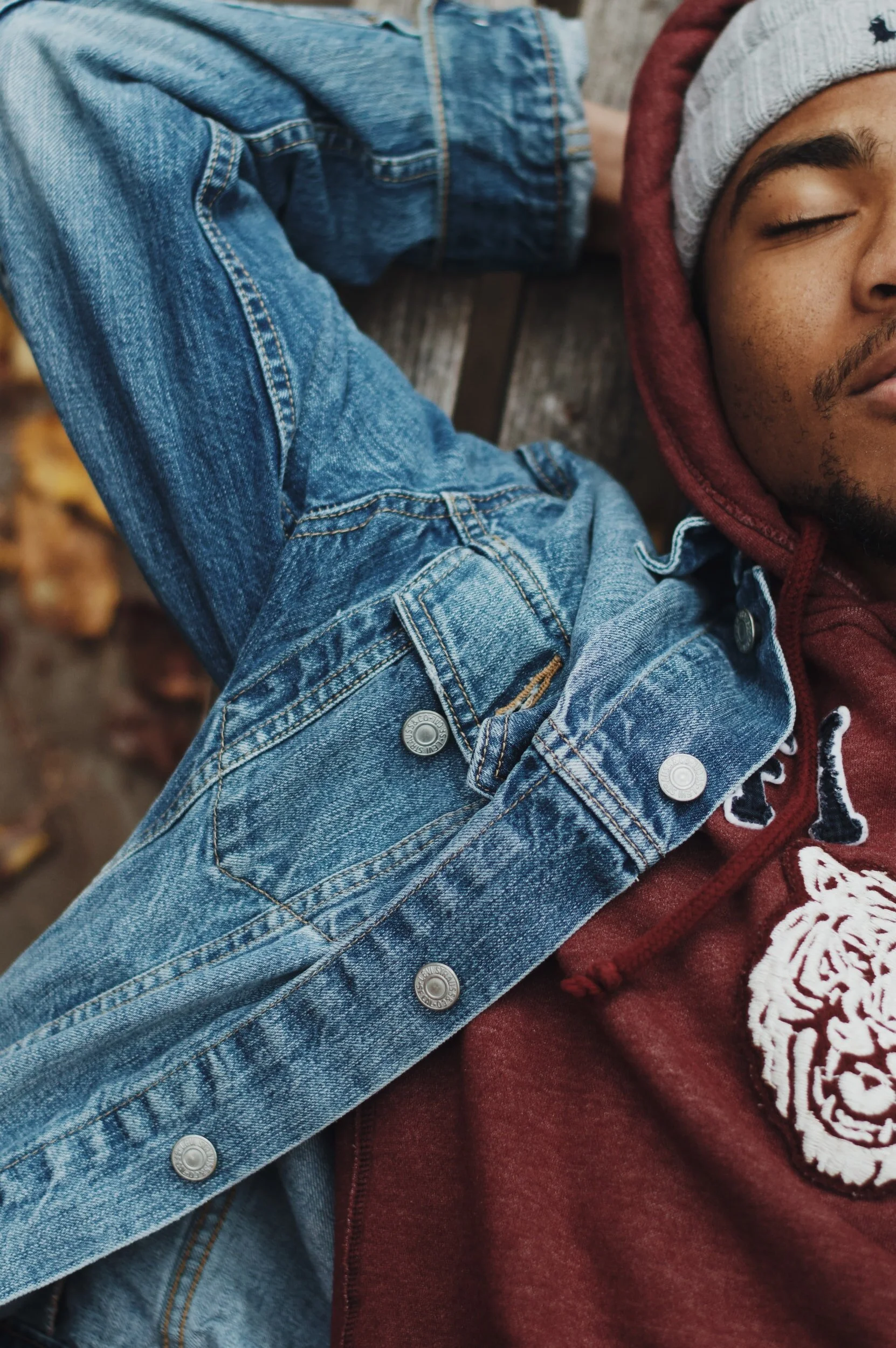How to Survive Your First Video Interview (& Make it to the Second One)
It’s crazy how fast life has shifted from “I think I’ll just mosey right on into my neighborhood Safeway and grab me some toilet paper” to “SCORE! I just found a 10-pack on Amazon. It’ll be here in six weeks.”
It’s also crazy how, with all of the coronavirus madness, life has launched us headfirst into the land of Zoom, Skype and Google Hangouts as our primary means of connecting with the outside world.
Included in that “outside world” is your next employer. So if you’re looking for a job right now, you are very likely going to be interviewing via webcam in the near future.
Some of us have been down this road before. I mean, video interviewing isn’t brand new. Some employers — especially larger corporations — have been using this format for years. But plenty of us have never participated in a job interview that wasn’t over the phone or face-to-face. So, we have a wee bit of a learning curve on our hands.
Let’s get you prepped before showtime.
This’ll be a down and dirty (What am I saying? It’ll be down and sanitized within an inch of its life) tutorial to get you ready. If you want to take a deeper dive, check out my LinkedIn Learning video course, “Video Interview Tips.” While these courses are typically available only for LinkedIn Premium members, LinkedIn is offering it to everyone at no cost right now as part of a 13-course bundle, Finding a Job During Challenging Economic Times.
We’ll start with the basics
Before you get all in a bunch about where to look on the screen (answer: into the camera) and what colors will look best, I’d start with the basics. You can get most of the key details from the person who scheduled your interview.
Here are some questions I’d ask that’ll help you feel comfortable and ready to blow the wheels off this thing:
Who will I be interviewing with?
What is their function?
How much time should I plan for?
Do you have any prep materials that you recommend I review in advance?
Do you have any advice on particular things I should be prepared to talk about?
Remember, your point person (this is especially true if it’s a recruiter or HR person), very likely wants you to succeed. His or her performance may be evaluated on how quickly he or she fills this position. That said, you’re not going to be a nuisance by asking for their support as you prepare.
I would also, of course, do some research on the people and team you’ll be meeting with, and come to the call armed with a few thoughtful questions to ask. The absolute last thing you want to say at the end of the video interview, when they ask, “So, do you have any questions for us?” is “Nope, not a one!”
Be ready to engage with the person or people on your screen and show that you’re genuinely interested in the role.
The age old question: What should I wear?
This is an important — and often confounding — question for any interview. It can be even harder to figure out what you’re supposed to wear when it’s on video. I mean, are you supposed to put on a coat and tie to go sit at your kitchen table? Can you wear everyday clothes? What colors and patterns will work best?
So many choices.
Here’s the thing — You speak paragraphs about yourself before you ever open your mouth in an interview.
Whether your interviewer realizes it or not, they will be making snap judgments about you based on your appearance alone, before you even start the conversation. Is it fair? No, it’s totally not. Does it happen? Heck, yes.
So, what can you do to make sure your first impression screams “HELLO, YOU GUYS,. HERE COMES YOUR TOP CANDIDATE”?
Here’s what I’d do:
Ask your point person for advice on dress code, and follow it.
Strive to look relatable. If you’re interviewing with a t-shirts and jeans company and show up on camera in a suit, it’s going to look and feel a bit weird. Certainly, you want to look polished and put together, but you also want to look like you “get” who they are.
Avoid white — It’ll make you look washed out on camera.
Avoid super busy patterns — No need to look like an optical illusion.
Go with simple, rich colors like mustard yellow, plum, sapphire blue and emerald green.
Coordinate your outfit with your background
I recommend throwing an outfit on in advance, sitting in the room you plan to conduct the interview in, and recording a short video snippet or taking a quick selfie with your phone. Check ‘er out and adjust accordingly.
Nail Your setup
Once you’ve got your outfit squared away, spend a few moments on the setup. Unless you happen to be a vlogger or a regular on video conferences, chances are you’ll be a bit uncertain when it comes to where to set up for the interview, and what your ideal background will be.
My number one bit of advice on this is to be sure and set up in an environment you have control over.
The absolute last thing you need is for the kids to be fighting over the remote in the background, or your dog barking violently at the FedEx guy. Recognizing that we’re all kind of cooped up together right now, I would try like heck to find a space with privacy for your video interview.
Here are some additional setup tips:
Pick a well-lit room (facing a window works great), but recognize that overhead lighting tends to make you look harsh (probably not what you’re going for). Play around with some side and back lighting if you have time.
Avoid having your back to the window or a major light source. You’ll look like a giant shadow person.
Get your audio and camera settings situated well before the interview. You’re going to be awfully rattled if you join the interview and realize your webcam isn’t turned on or your microphone isn’t working. (Also, consider asking your point person for the interviewer’s phone number, just in case the tech fails.)
Position the camera slightly above you, not below you. If you put it too low (which is super common among people who do the interview on their mobile devices), the interviewer will have a nice view up your nose. Pretty sure that’s not gonna clinch it for you.
Do a test run. Connect with a friend or family member and have them evaluate how everything looks and sounds on their end.
End strong
Even if you’re completely spent after all the steps it took you to survive (um, thrive) the interview, take this baby the distance. There’s absolutely no sense in investing all that time and effort just to frizzle out at the end.
Assuming it’s a two-way interview, be sure and ask about next steps at the end of the conversation. What happens from here? What’s the timeline? Would they like any follow-up information from you to support their decision making?
A lot of people don’t ever take this step at the end of an interview, but these questions can alleviate a lot of future anxiety (and, really… do we need more anxiety right now?) and also provide some cues on when you should follow up next.
And last … but absolutely not least … say thank you.
Not three days later, not never — Send a thank you note to every person who was on that call within a day of the interview. Be genuine, specific and, assuming you really want the job, show interest and enthusiasm in continuing the conversation. If you’re in a really tight race, it could literally come down to something as small as this for the person who lands the offer.
Let’s make sure that person is you.











